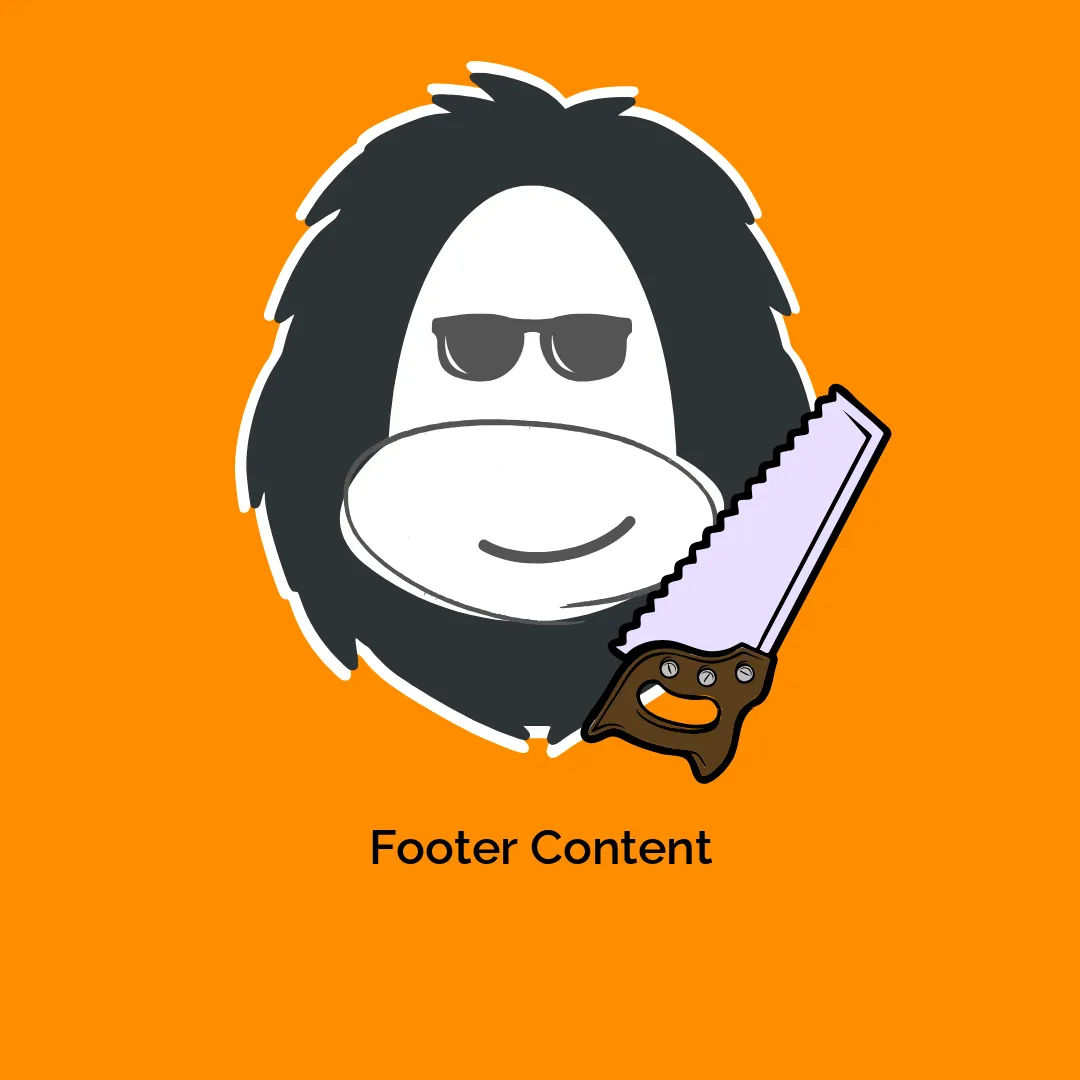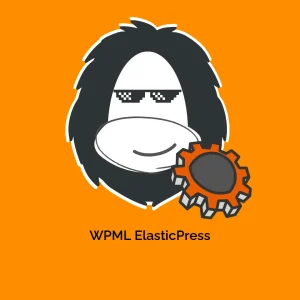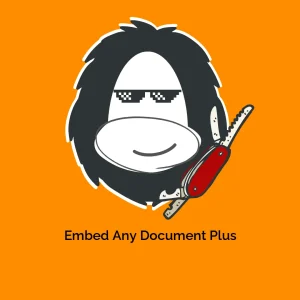Understanding Footer Content in WordPress
When it comes to enhancing your WordPress website, one significant yet often overlooked aspect is the footer content. It’s that little section at the bottom of every page, but its potential is immense. A well-thought-out footer can not only improve user experience but also contribute significantly to SEO efforts. In this guide, we’ll explore what footer content means, best practices for designing it, and the benefits of optimizing it effectively.
What is Footer Content?
Footer content embodies the information that resides at the bottom of every page on a website. In a WordPress context, it could consist of various components, including contact information, navigational links, social media icons, copyright notices, and even a brief overview of what your site offers. The essential objective of having footer content is to provide website visitors with quick access to key areas of the site, enhancing both navigation and retention.
For instance, if you’re running an e-commerce site, your footer might include links to customer service pages, a site map, and essential company information. On the other hand, a blog might opt for a simpler footer that showcases recent posts, social media connections, and subscription options.
Importance of Optimizing Footer Content
Enhanced User Experience
Footer content is an integral part of user experience. Studies have demonstrated that a well-designed footer can help users navigate your website more efficiently. Many people scroll to the bottom of pages when looking for contact details or additional links, especially on long pages. Therefore, including relevant and strategic links and information allows users to find what they need without friction, resulting in a more enjoyable browsing experience.
Boosted SEO Potential
From an SEO perspective, footer content plays a pivotal role. Search engines like Google crawl the entire website, including the footer. By placing relevant keyword-rich links in your footer, you’re helping search engines understand the structure and purpose of your website. This can result in improved rankings for the keywords you choose to highlight, as footers vary from one page to another and can provide rich contextual information.
Increased Site Engagement
A strategically crafted footer can encourage users to explore more of your content. Incorporating links to popular articles, categories, or products can turn casual visitors into engaged readers or customers. For example, if you run a blog about healthy recipes, including links to your most popular recipes in the footer could entice first-time visitors to delve deeper into your site.
Best Practices for Creating Effective Footer Content
Keep It Simple
Although footers can include a range of elements, simplicity should be your guide. A cluttered footer can overwhelm visitors, distracting them from important information. Aim to focus on the essentials and prioritize the most important links and details. For instance, you can organize your footer into categories such as “About Us,” “Support,” and “Follow Us” to maintain a clean aesthetic.
Prioritize Mobile Responsiveness
In today’s digital landscape, a significant portion of web traffic comes from mobile devices. Therefore, ensuring that your footer is mobile-responsive is crucial. A good practice is to test how your footer looks on various devices and orientations to make sure it remains user-friendly.
Use Visual Hierarchy
Just like any other design aspect on your website, the footer should leverage visual hierarchy to draw the users’ attention to the most important elements first. Use size, color, and spacing to create a clear focal point. For example, your contact information could be slightly larger than other text, or you might use a contrasting color for social media icons to make them stand out.
Include Relevant Links
It’s important to think about the kinds of links you want to include in your footer. Some examples might be:
- Sitemap Links: Provide easy navigation for users wanting to find specific pages.
- Privacy Policy and Terms of Service: A legal necessity, but also valuable for users concerned about their data.
- Social Media Links: Encourage visitors to follow you on social media platforms.
- Contact Information: Always helpful for users wanting to reach out.
Update Regularly
Your footer shouldn’t be static. As your website evolves, so should your footer content. Regularly review and update the links to ensure that all information is correct and up to date. This practice not only benefits SEO but also builds trust with your audience by showing that you maintain your site rigorously.
Examples of Effective Footer Content
E-commerce Site Footer
An excellent example of effective footer content can be seen on successful e-commerce sites. These often feature sections like:
- Customer Service Links: Return policies, tracking orders, and FAQs.
- Company Information: About the brand, sustainability practices, or careers.
- Legal Information: Terms of use and privacy policies.
- Newsletter Subscription: Opt-in forms for email updates or promotions.
This organized dissemination of information increases user trust, therefore boosting conversion rates.
Blog Footer
A well-crafted footer for a blog might include:
- Recent Posts: A listing of the latest blog entries to encourage further reading.
- Categories: Direct links to different categories that can help with site navigation.
- Social Media Links: Clear, attractive icons that encourage users to follow the blog’s social channels.
- About the Author: A brief bio encourages a personal connection with the audience.
This type of footer not only retains readers but engages them by promoting other content.
Conclusion
The footer content on your WordPress site may seem like a small detail at a glance, but it holds significant potential to enhance user experience, improve SEO, and boost engagement. By optimizing footer content, you can make navigation smoother, provide important information efficiently, and create a more professional appearance for your site.
In other words, a well-thought-out footer isn’t just a matter of good form — it’s a powerful tool in your website arsenal that should never be neglected. With the right approach, anyone can master how to create relevant and engaging footer content that makes a positive impact on both users and search engines alike. Whether you’re operating an e-commerce store or a personal blog, investing time in crafting your footer content can yield long-lasting benefits for your online presence.
Footer Content: Download it for Free
Here it is, downloading Footer Content for Free on OrangoGPL is totally possible and within the law.
Truly, even downloading a cracked Footer Content is law-abiding, and this is because the license it is distributed under is the General Public License, and this license enables anyone its free modification and resale.
So, there’s no need to worry: If you are looking to buy Footer Content cheaply or, directly, to download Footer Content Plugins nulled and, thus, obtain it one hundred percent free, now, it’s possible legitimately.
Download Footer Content GPL: A great solution for new entrepreneurs
Call it whatever you want: Discounts for Footer Content, download Footer Content Plugins GPL, download Footer Content without license or download Footer Content nulled.
It is 100% law-abiding and something necessary for any entrepreneur at the start of their journey.





Reviews
There are no reviews yet.